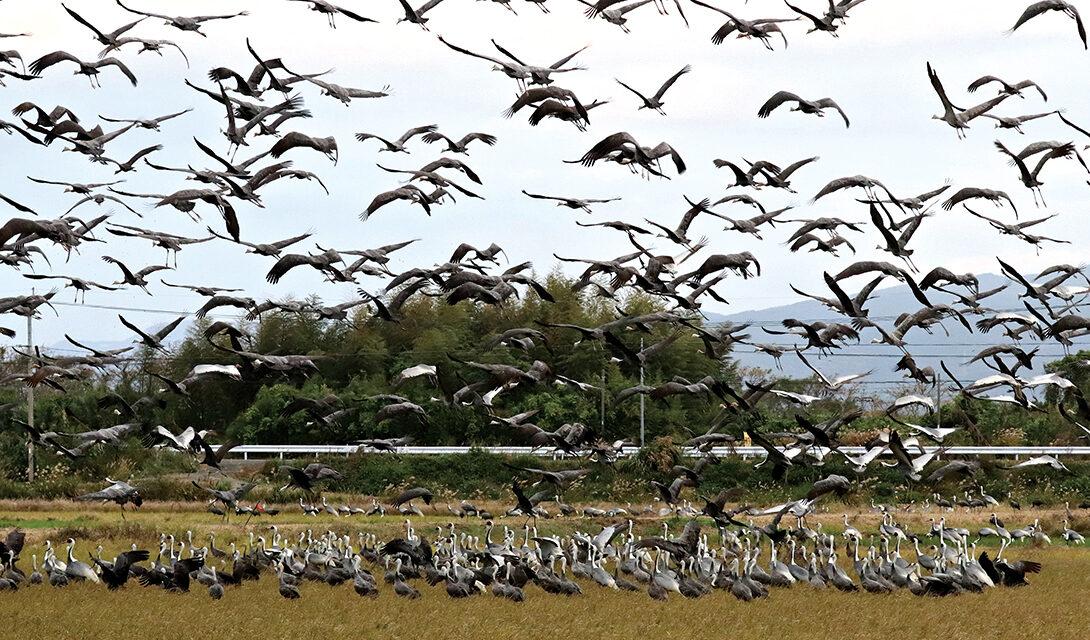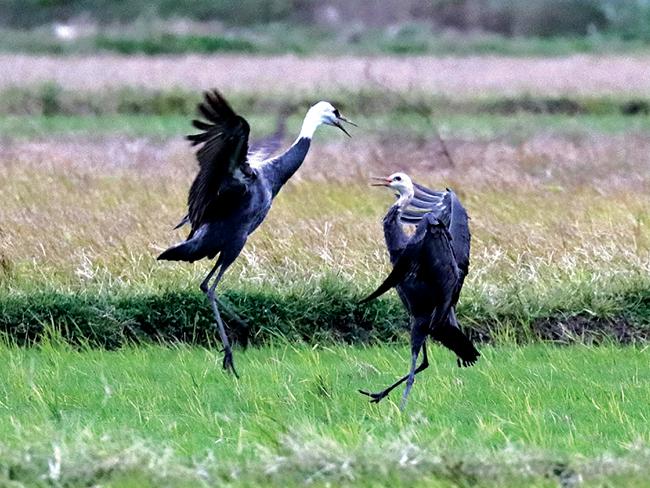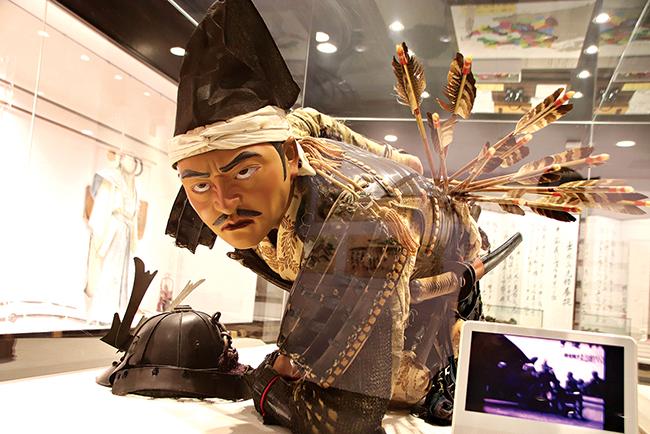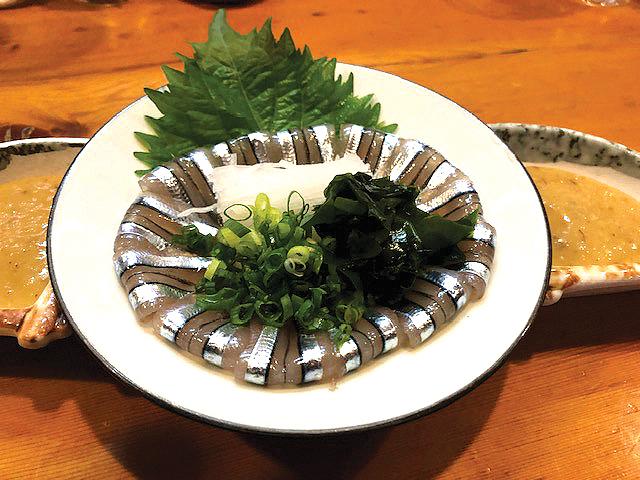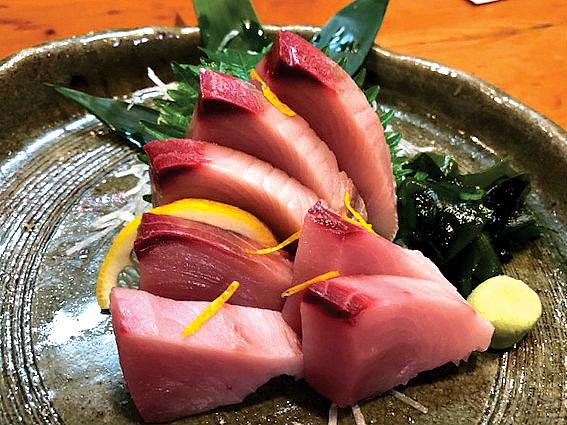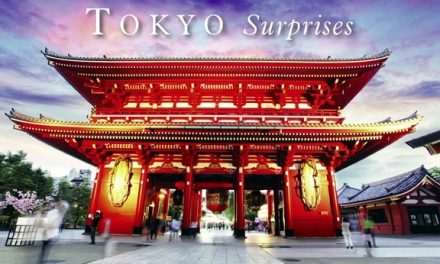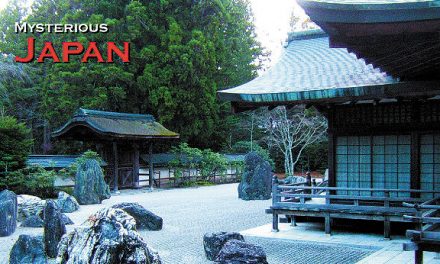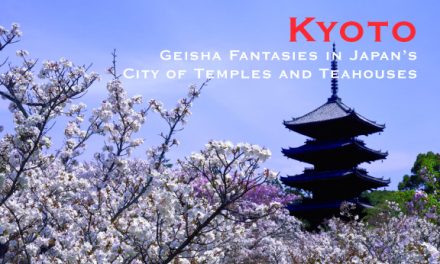Japan
Izumi City, Kyushu, Japan
Article and photography by Steve Gillick
Izumi City, in Kagoshima Prefecture, Kyushu, Japan, is a magnet for visitors from afar. Just ask any of the 13,000 Cranes that flock to rice fields every winter!
The annual Crane migration is a sight to behold, with an estimated 10,000 Hooded Cranes (about 80% of the global population) and 3,000 White-naped Cranes (about 50% of the worldwide population). They follow the north and northwest winds from Siberia, northeastern China, and Eastern Mongolia to converge in Arasaki Village, part of the Izumi-Takoano National Wildlife Protection Area, about a 30-minute taxi ride from the Izumi train station.
Flocks of small sooty-grey Hooded Cranes (Nabe-zuru) and taller, red-faced White-naped Cranes (Mana-zuru) can be heard and seen on the rice paddies and in the ponds, where they feed and roost in pairs (cranes mate for life), often with one or two chicks in tow.
The cranes can be observed and photographed by walking along the fields as well as from the deck of the Crane Observatory. The centre also has exhibits about the life and habits of the seven species of crane known to frequent the area.
The Crane migration may specifically appeal to birders, wildlife and nature lovers, families, photographers, and curious travellers. However, Japanophiles, history buffs, and foodies will also love Izumi.
After our first of three visits to see the Cranes, we decided to relax in the cleansing hot waters of Maizuru Onsen, a public bath appropriately named ‘Dancing Crane’.
And feeling rejuvenated, we hopped into a taxi, where the affable driver, Fumio Susaki, became our impromptu tour guide for the next hour. First, we visited Hakozaki Hachiman Shrine, where two White-naped crane statues guard the entrance to the largest Shrine Bell in Japan. It’s 4 meters high (12 feet) and weighs 5000 kilograms (11,000 pounds).
Then we were off to see what we were told was one of the largest Jizo statues in Japan. Red-bibbed Jizo Statues represent Jizo Bosatsu, the guardian deity of children and travellers. After paying our respects, we headed around the corner to Izumi-Fumoto, the old samurai residential area.
The 400-year-old street lined with beautifully sculpted trees has remained unchanged over the years. And, as our visit was in November, many Japanese Maple Trees (‘Momiji’) displayed spectacular fall colours of yellow, orange, and red. Historically, Samurai warriors were stationed in this district to protect Satsuma Domain from invasion by the neighbouring Higo Domain. Two of the 150 Samurai residences are open to the public, and knowledgeable guides provide information and answer questions.
Nearby, the Izumi-Fumoto History Museum has an excellent Samurai armour exhibit, but the most gripping display is a stealthy, life-sized Samurai archer with a steely look of concentration on his face as he silently reaches behind his back to take an arrow from his quiver.
Following a sunset visit to see how the Cranes were doing, we returned to our hotel near the train station and then walked to Uomatsu, a traditional Izakaya, about 15 minutes away. The owner, Mieko Matsuki, was very welcoming, and the food was exceptional. We started with Kibinago, Silver-stripe round herring, served sashimi-style with sumiso, a miso/vinegar dip. This was followed by chunky, meaty Hagatsuo (Bonito) sashimi.
And cranking up the taste buds even more, our Kurobuta arrived. This is Japanese Black Pork, derived from black British Berkshire Pigs, known for their tender, marbled meat. It was served in a vegetable stew. So good! And then, the final dish was presented. Nangoku genkidori translates as ‘south country fine chicken’. This local Kagoshima Prefecture-bred chicken was served deep-fried (with secret herbs and spices!) and was unbelievably succulent.
The next day, as the sun was rising, we had one last visit with the Cranes, and then it was time to head back to the train station for our onward journey in Kyushu.
Izumi was a great surprise destination with samurai adventures, exceptional food, warm, friendly people, and the added thrill of witnessing one of nature’s wonders, the annual Crane migration.

